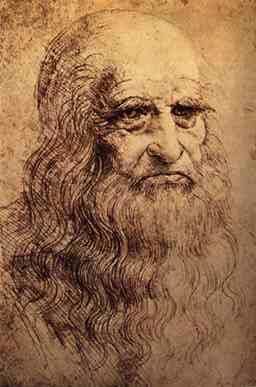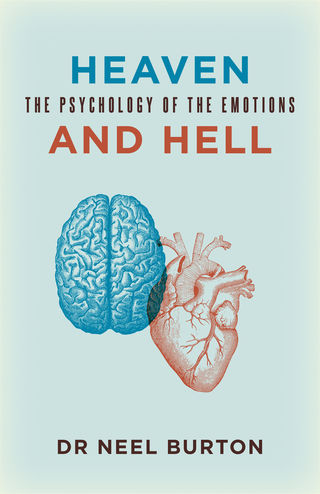Defense Mechanisms
The Incarnate Angel: Leonardo, Homosexuality, & Sublimation
The ego defense of sublimation.
Posted April 16, 2012
[Article updated on 6 September 2017]

The ego defense of sublimation is an important one, and is considered by many to be the most successful of all the ego defenses. If a person feels angry with his boss, he may go home and kick the dog—or he may instead go out and play a good game of tennis. The first instance (kicking the dog) is an example of displacement, the redirection of uncomfortable feelings towards someone or something less important, which is an immature ego defense. The second instance (playing a good game of tennis) is an example of sublimation, the channelling of uncomfortable feelings into socially condoned and often productive activities, which is a much more mature ego defence.
Another example of sublimation is the person with sadistic or homicidal urges who joins the army to provide an outlet for these urges, or who, like Justice Wargrave in Agatha Christie’s novel And Then There Were None, becomes a judge who liberally awards the death penalty in murder cases. Right at the end of the novel, in the postscript, a fishing trawler finds a letter in a bottle just off the Devon coast. The letter contains the confession of the late Wargrave in which he reveals a lifelong sadistic temperament juxtaposed with a fierce sense of justice. Though he longed to torture, terrify, and kill, he could not justify harming innocent people; so instead he became a ‘hanging judge’ and thrilled at the sight of convicted (and guilty) people trembling with fear.
The Italian renaissance polymath Leonardo da Vinci arguably sublimed his homosexuality into his art. Leonardo never showed any interest in women and even wrote that heterosexual intercourse disgusted him. Perhaps unsurprisingly, he never married, and chose instead to surround himself with beautiful young men, in particular Salai (a nickname meaning ‘little devil’) and Melzi, both of whom Leonardo included in his last will. In 1476, at the age of 24, Leonardo was twice charged with sodomy, even though the charges were common in the Florence of the quattrocento and later dropped for want of witnesses.
As in his life so in his art: Leonardo drew many more male than female nudes, and gave much more careful attention to the male than to the female genitals. Many of the figures in his paintings appear androgynous, especially the John the Baptist who, complete with the fine curls of Salai, looks nothing like the biblical cousin of Jesus and everything like Salai or, indeed, Mona Lisa. And if that were not enough, there is also a drawing entitled The Incarnate Angel from the school of Leonardo that appears to be a humorous take on the John the Baptist, depicting John (and therefore Salai) with an erect phallus.

Then, in the famous Last Supper, Leonardo painted a female figure, often interpreted as Mary Magdalen, in the privileged position to the immediate right of Jesus. However, it is generally understood that it is in fact St John who occupied this position. In the Bible, John 13:23, it is written (presumably by John himself, or else someone close to John), ‘Now there was leaning on Jesus’ bosom one of his disciples, whom Jesus loved.’ And again at 21:20, ‘Then Peter, turning about, seeth the disciple whom Jesus loved following; which also leaned on his breast at supper, and said, Lord, which is he that betrayeth thee?’ In his Spritual Friendship, St Aelred, Abbot of Rievaulx in the 12th century, contrasts St John with St Peter. To Peter, he says, Jesus gave the keys to his kingdom, but to John ‘he revealed the secrets of his heart’. ‘Peter … was exposed to action, John was reserved for love.’
Whatever the relationship between Jesus and St John, for Leonardo to have placed a female figure in the place of St John in a painting of the Last Supper designed for the dining hall of a monastery might be thought of as rather more than just poor catechism.
Neel Burton is author of The Meaning of Madness, The Art of Failure: The Anti Self-Help Guide, Hide and Seek: The Psychology of Self-Deception, and other books.
Find Neel Burton on Twitter and Facebook



